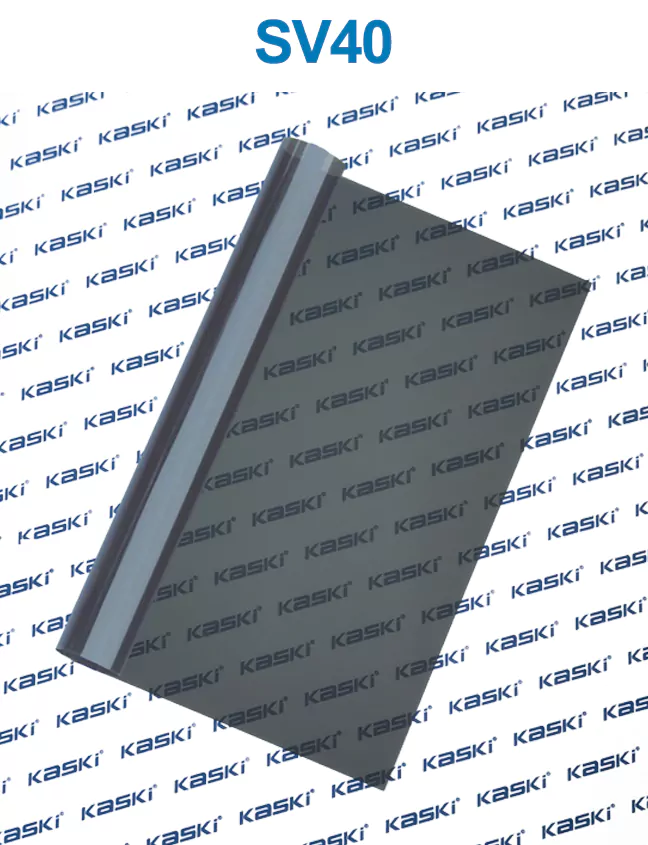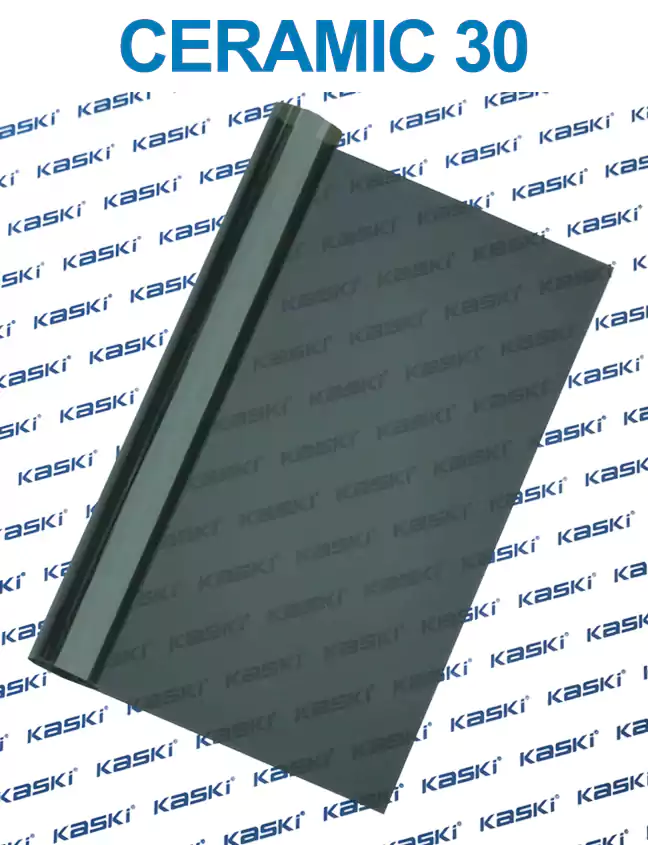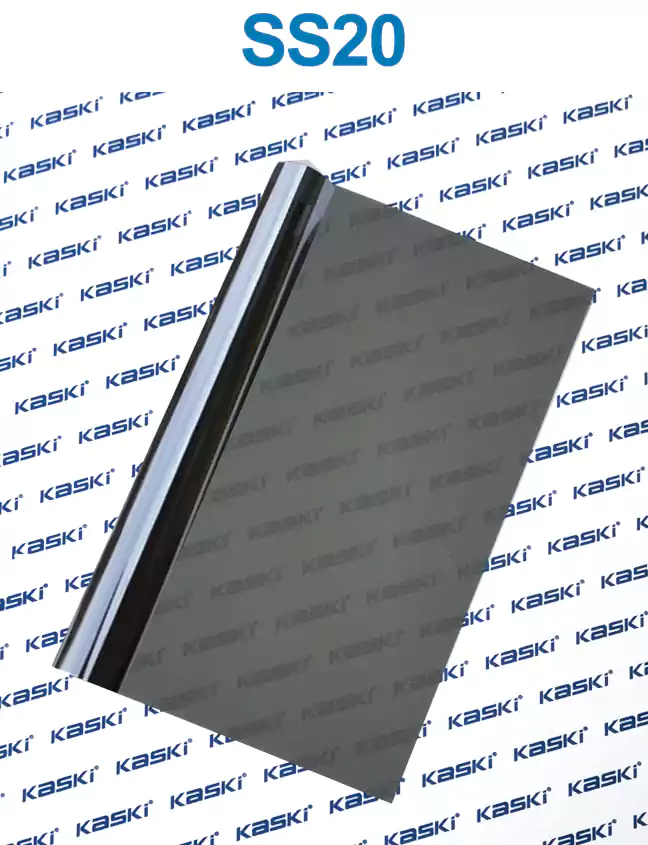Automotive window tinting is a popular and practical solution for enhancing the look, comfort, and efficiency of your vehicle. Whether you're seeking to reduce glare, block harmful UV rays, or simply create a more personalized aesthetic, window tinting offers a wide range of benefits. In this informative blog post, we'll explore the principles, advantages, and a detailed installation case study to help you make an informed decision about tinting your vehicle's windows.
The Principles of automotive window tinting
Window tinting films are designed to adhere to the interior surface of your vehicle's glass, providing a range of protective and aesthetic benefits. These films are typically made from a combination of durable polyester and metalized or dyed layers, which work together to achieve the desired level of tint and performance.
The primary function of heat control window film is to reject the sun's heat and block harmful UV rays, which can damage your vehicle's interior and cause discomfort for you and your passengers. By rejecting up to 99% of UV rays, window tinting can help preserve the condition of your car's upholstery, dashboards, and other sensitive components, while also keeping the cabin cooler and more comfortable, especially during the summer months.
Advantages of Automotive Window Tinting
1. Save Money on Energy Costs: By reducing the amount of heat that enters your vehicle, window tinting can help lower your air conditioning usage, resulting in significant savings on your fuel or energy bills.
2. Protect Decorative Curtains and Blinds: If your vehicle is equipped with decorative window treatments, tinting can help extend their lifespan by shielding them from the sun's damaging UV rays.
3. Increase Comfort and Energy Efficiency: With less heat and glare entering the cabin, you and your passengers will enjoy a more comfortable driving experience, and your vehicle's air conditioning system won't have to work as hard to maintain a comfortable temperature.
4. Make Your Home Bright and Comfortable: By blocking the sun's heat and UV rays, window tinting can also help keep your home's interior cooler and more comfortable, without compromising the amount of natural light that enters the space.
5. Stay Cooler in the Summer: Tinted windows can significantly reduce the amount of heat that builds up in your vehicle, making it easier to maintain a comfortable temperature even on the hottest days.
6. Block Up to 99% of Harmful UV Rays: The advanced films used in heat control window film can effectively block up to 99% of the sun's harmful UV rays, protecting your skin and the interior of your vehicle from damage.
7. Without Blocking Your View: Modern window tinting technologies allow you to enjoy the benefits of reduced glare and heat without compromising your visibility or driving experience.
A Detailed Installation Case Study
To provide a more concrete understanding of the heat control window film process, let's consider a specific installation case study.
Vehicle: 2020 Toyota Camry
Window Tinting Application: Side windows, rear glass, and windscreen
The installation process began with a thorough cleaning of the vehicle's windows to ensure a proper adhesion of the tinting film. The technician carefully measured each window and selected the appropriate tint shade and film thickness to meet the customer's preferences and local legal requirements.
For the side windows, a high-quality dyed window film was used, providing a uniform and consistent tint across the entire surface. The technician paid close attention to the edges, ensuring a seamless and professional finish.
The rear glass was tinted using a metalized film, which not only blocks heat and UV rays but also enhances the vehicle's overall aesthetic. This film was carefully applied to the curved surface of the rear window, ensuring a smooth and bubble-free application.
Finally, the windscreen was tinted using a specialized film designed to reduce glare and provide a subtle, yet effective, tint. This film was carefully applied to the curved surface of the windscreen, ensuring optimal visibility and compliance with local regulations.
Throughout the installation process, the technician took great care to ensure that the tinting film was properly aligned, free of bubbles or creases, and that the final result met the customer's expectations.
Testimonials
"I'm thrilled with the results of my automotive window tinting! The reduced glare and heat have made a noticeable difference in my driving comfort, and the overall look of my vehicle is much more polished. I highly recommend this service to anyone looking to enhance their car's performance and appearance." - John, 2018 Honda Civic owner
"Investing in automotive window tinting was one of the best decisions I've made. Not only has it kept my car's interior cooler and more comfortable, but it's also provided an extra layer of protection against harmful UV rays. The installation process was quick and seamless, and I'm extremely satisfied with the final result." - Sarah, 2021 Subaru Outback owner
In conclusion, automotive window tinting is a versatile and practical solution that can enhance the look, comfort, and efficiency of your vehicle. By understanding the principles, advantages, and installation process, you can make an informed decision about tinting your car's windows and enjoy the many benefits it has to offer.
















